A strong SEO for SaaS strategy helps your software get found when potential customers search for solutions. More visibility means more qualified traffic to your site.
Look at Slack. They built their user base through smart content that answered real questions. When teams searched for “team communication tools,” Slack’s guides appeared in search results.
This guide shows you how to build SEO for SaaS that actually works. You’ll get the exact steps to find keywords, create content, and track results that matter.
Why SEO for SaaS Is Important For You?
Paid ads stop working when you stop paying. SEO for SaaS builds momentum over time and keeps bringing customers even when you’re sleeping.
Here’s what makes SEO for SaaS different from other marketing:
SEO for SaaS | Paid Advertising |
Costs decrease over time | Costs stay high or increase |
Traffic grows with content | Traffic stops when you stop paying |
Builds long-term authority | No lasting brand benefits |
Higher trust from users | Users often skip ads |
Works 24/7 automatically | Requires a constant budget |
Prospects research thoroughly before choosing SaaS tools. When they find your content answering their questions, you build trust before the sales conversation starts.
Search rankings also signal credibility. Companies that rank on page one for industry terms appear more established and trustworthy to potential buyers.
SaaS buyers don’t make quick decisions. They research problems, compare solutions, and evaluate options before purchasing.
SEO lets you capture traffic at every stage. You can rank for problem-aware searches, solution comparison terms, and product-specific queries.
How SEO for SaaS Differs from Regular SEO
Most SEO advice doesn’t work for software companies. SaaS buyers research for months before they buy anything.
Your customers include developers, managers, and executives. Each person searches differently and wants different information.
Regular SEO | SEO for SaaS |
Short buying cycles | Long research periods |
Single decision maker | Multiple stakeholders |
Price-focused searches | Value-focused searches |
Quick purchase decisions | Extended trials and demos |
Feature comparisons | Business outcome focus |
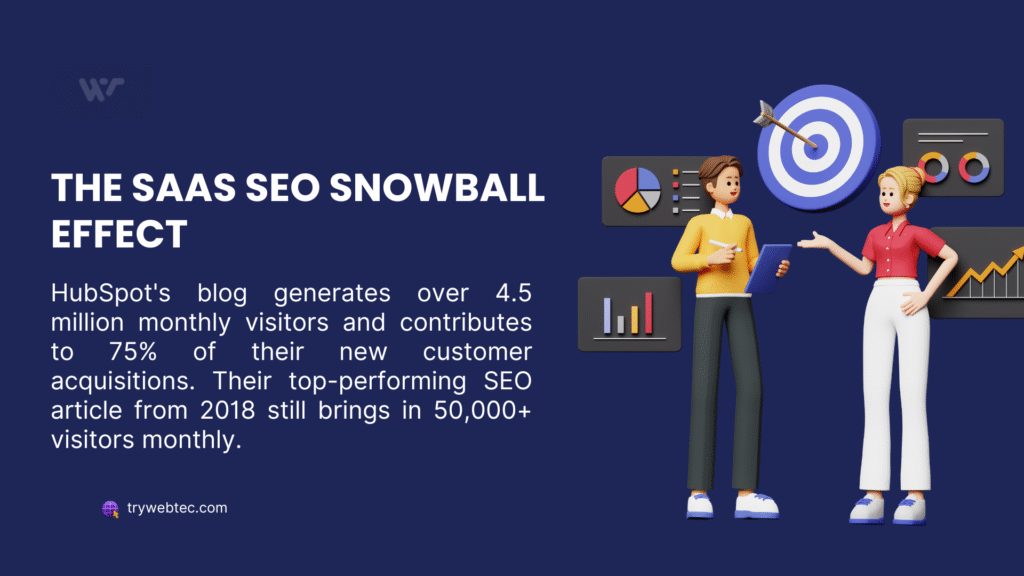
IMPORTANT: Write for Business Problems, Not Product Features
Nobody searches for “advanced reporting capabilities.” They search for “how to create monthly reports faster.”
SEO for SaaS works when you match how people actually think about their problems. Here’s how to flip your content approach:
| Instead of This | Write About This |
“Multi-channel reporting dashboard” | “Track all your marketing in one place.” |
“Advanced user permission controls” | “Keep sensitive data secure from the wrong people.” |
“API integration capabilities” | “Connect with tools you already use.” |
“Scalable cloud infrastructure” | “Handle growth without system crashes” |
Target Buyers at Different Research Stages
SaaS customers don’t buy on impulse. They research, compare, and evaluate before making decisions.
Effective SEO for SaaS targets each stage of this journey:
Research Stage | What They Search | Content Type | Example Keywords |
Problem aware | How-to questions | Educational guides | “How to track remote team productivity” |
Solution aware | Product categories | Comparison pages | “Best project management tools” |
Ready to buy | Specific products | Product pages | “Asana vs Monday pricing” |
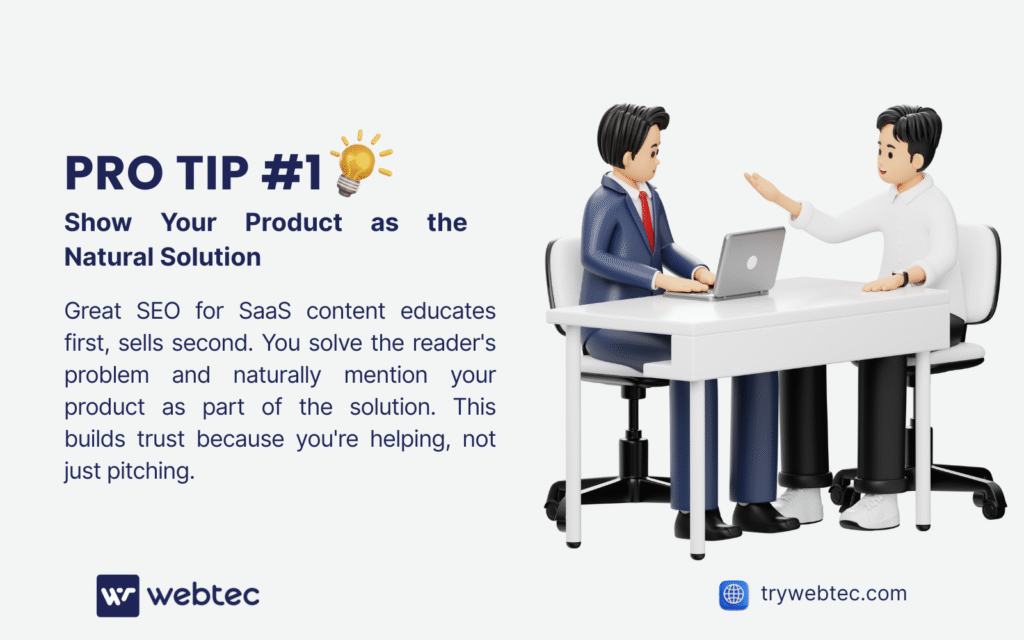
Step 1: Research Keywords for Your SaaS
Your SEO for SaaS keyword research needs to match how your customers actually search. They don’t use your internal product names or industry jargon.
Start with the problems your software solves. Then find the exact words people type when they have those problems.
- Top-of-Funnel Keywords
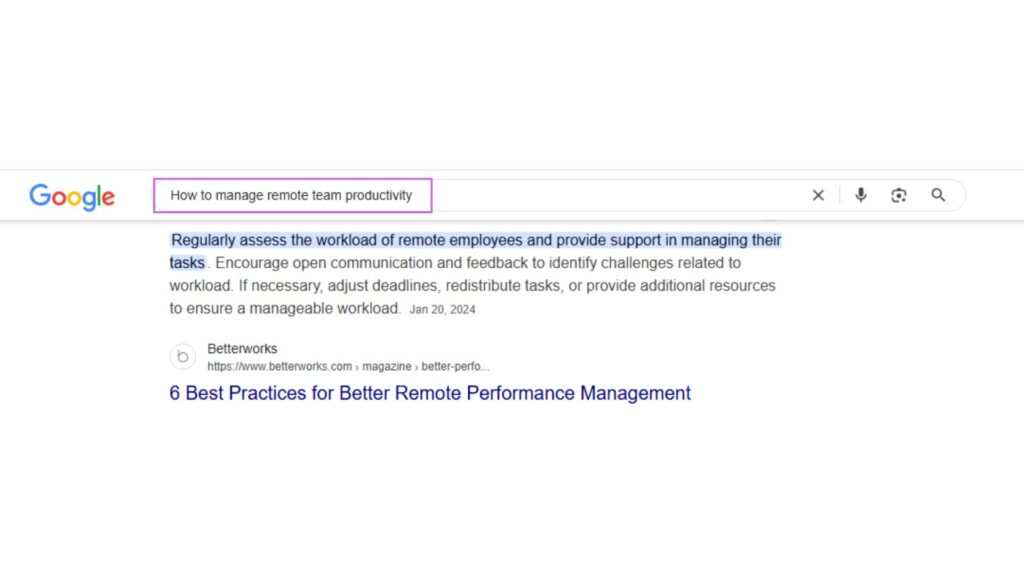
Early-stage prospects search for information about their problems. They might not know solutions like yours exist yet.
Examples include:
- “How to manage remote team productivity”
- “Why project deadlines keep getting missed”
- “Signs you need better project management”
These searches present opportunities to educate prospects about problems your SaaS solves. Content targeting these terms should focus on the problem, not your product.
- Middle-of-Funnel Keywords
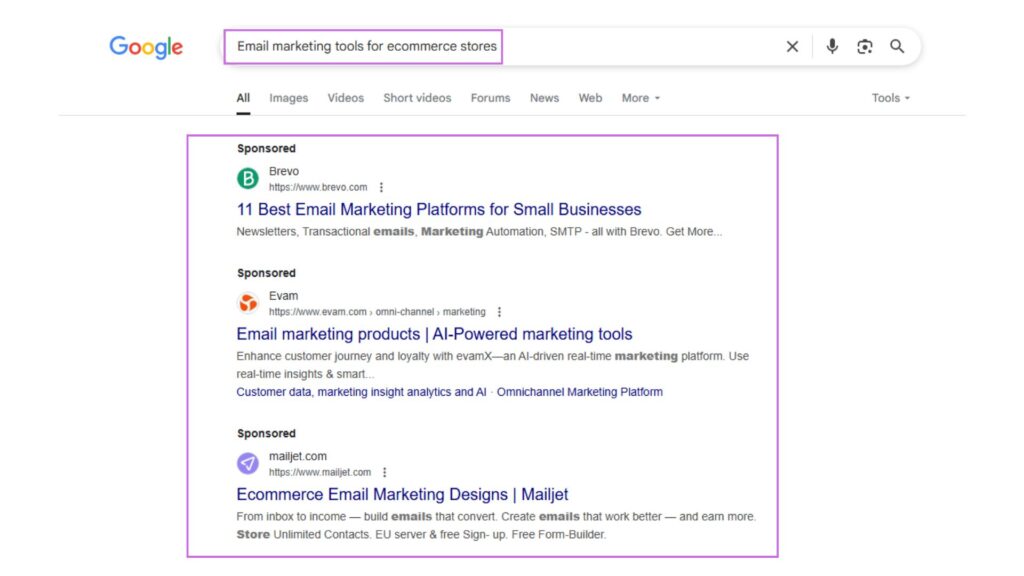
Mid-funnel prospects know solutions exist and are comparing options. They search for product categories and comparisons.
Common patterns include:
- “[Product category] for [use case]”
- “Best [tool type] for [industry]”
- “[Competitor] vs [another competitor]”
- “[Competitor] alternatives”
Content for these terms should position your product favorably while providing genuine value. Comparison pages work well here.
- Bottom-of-Funnel Keywords
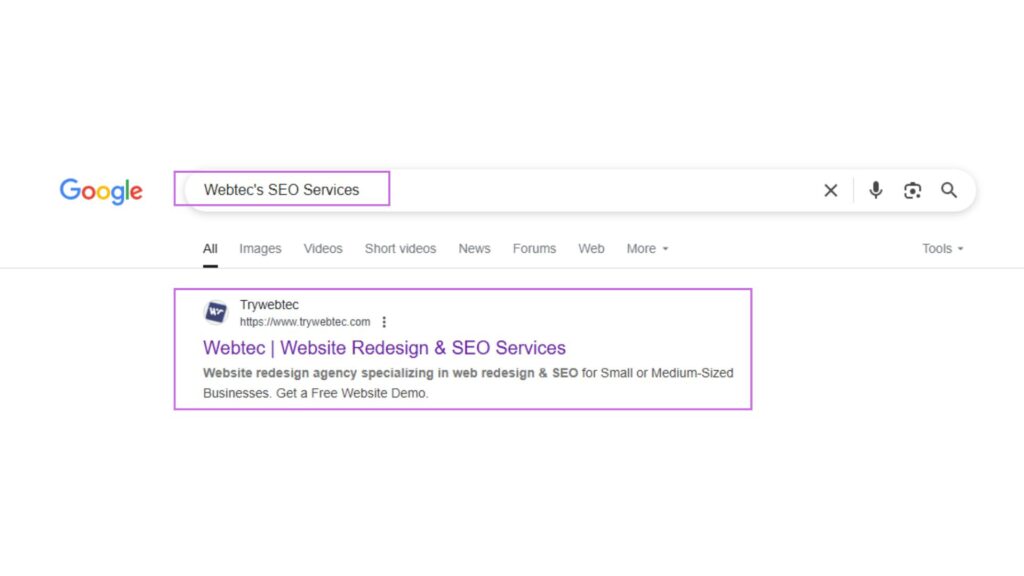
Bottom-funnel searches indicate high purchase intent. These prospects are ready to evaluate specific solutions.
Examples include:
- “[Your product name] pricing”
- “[Your product name] reviews”
- “How to use [your product]”
- “[Your product name] demo”
These keywords typically have lower search volumes but much higher conversion rates. Optimize your pricing, demo, and product pages for these terms.
Use Tools to Find Keyword Opportunities
Keyword research tools help you discover search terms you might miss otherwise. Start with your competitor’s keywords to find gaps in your content.
Pay attention to question-based searches. Tools like AnswerThePublic reveal common questions your audience asks about your industry.
Step 2: Analyze Your Competition
Your competitors’ SEO strategies reveal valuable insights about what works in your industry. Study their top-performing content to understand search intent better.
Look at which pages drive the most organic traffic to competitor sites. These pages often target high-value keywords worth competing for.
- Identify Content Gaps
Find topics your competitors cover that you don’t. These represent immediate opportunities to create competing content.
Also, look for topics they cover poorly. Weak competitor content creates opportunities to rank higher with better resources.
- Study Their Link Building
Study where competitors get their backlinks. Sites linking to multiple competitors might link to you too with the right outreach.
Look for industry publications, tool directories, and resource pages that mention competitors. These represent potential link opportunities.
- Learn from Their Mistakes
Not all competitor strategies are worth copying. Some may target keywords that don’t convert well for SaaS businesses.
Others might focus too heavily on features instead of benefits. Learn from these mistakes to create better content.
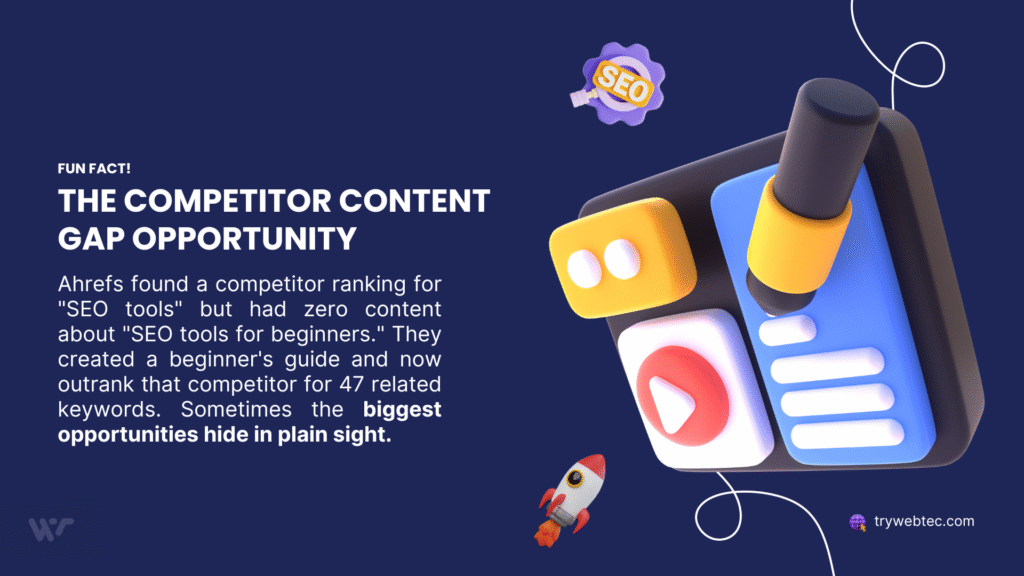
Step 3: Create Content That Converts
SaaS content must balance education with demonstration of your product’s value. Pure educational content rarely converts, but pure promotional content doesn’t rank well.
The key is solving real problems while naturally showing how your product fits into the solution. This approach builds trust and drives conversions.
- Write Problem-Focused Blog Posts
Start blog posts by clearly defining the problem your target audience faces. Use real examples and data to make the problem feel urgent.
Then provide a complete solution, which naturally includes your product as one component. This approach feels helpful rather than pushy.
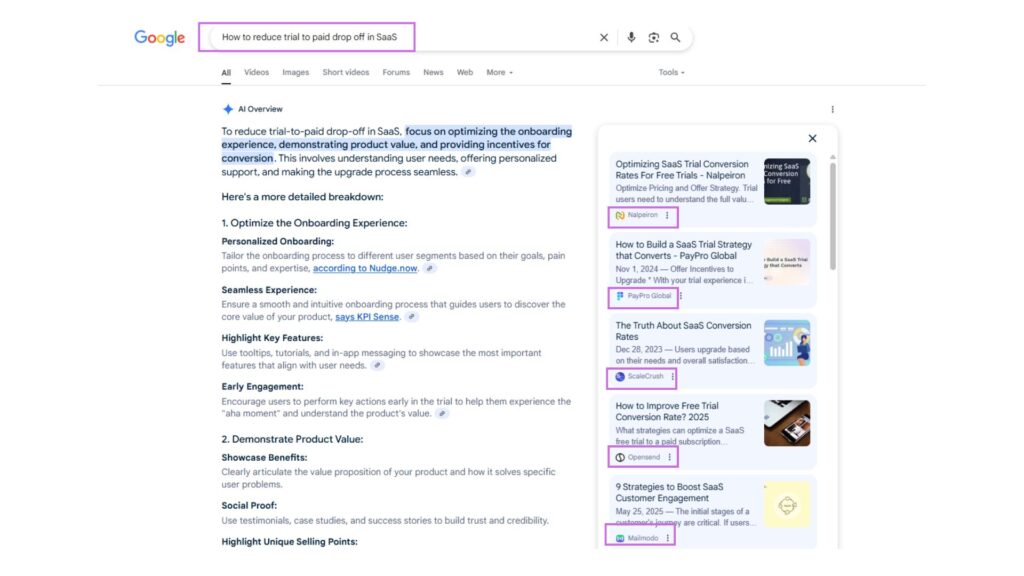
For example, a post on “reducing trial to paid drop off in SaaS” might explore issues like poor onboarding, unclear value messaging, or lack of user engagement.
- Build Dedicated Landing Pages
Create specific landing pages for your most valuable keywords. These pages should focus entirely on converting visitors interested in particular use cases.
Each landing page should target one primary keyword and related terms. This focus helps both search engines and visitors understand the page’s purpose.
Include clear calls-to-action, customer testimonials, and specific benefits relevant to the target keyword. Generic benefit statements rarely convert as well as specific value propositions.
- Develop Resource Pages and Tools
Free tools and resources attract links while demonstrating your expertise. They also capture contact information from potential customers.
Examples include:
- ROI calculators related to your software category
- Templates for processes your software helps with
- Free versions of features from your paid product
- Industry benchmarking tools
These resources often rank well for valuable commercial keywords. They also provide natural opportunities to mention your main product.
- Create Comparison Content
Prospects compare options thoroughly before buying SaaS tools. Smart comparison content helps you win these evaluations.
Write honest comparisons that highlight where you excel. Don’t bash competitors – just show why you’re better for specific use cases.
Comparison Type | SEO Value | Content Focus |
You vs top competitor | High traffic | Head-to-head features |
Alternative roundups | Medium traffic | Position in the broader market |
Category comparisons | Lower traffic | Educate on solution types |
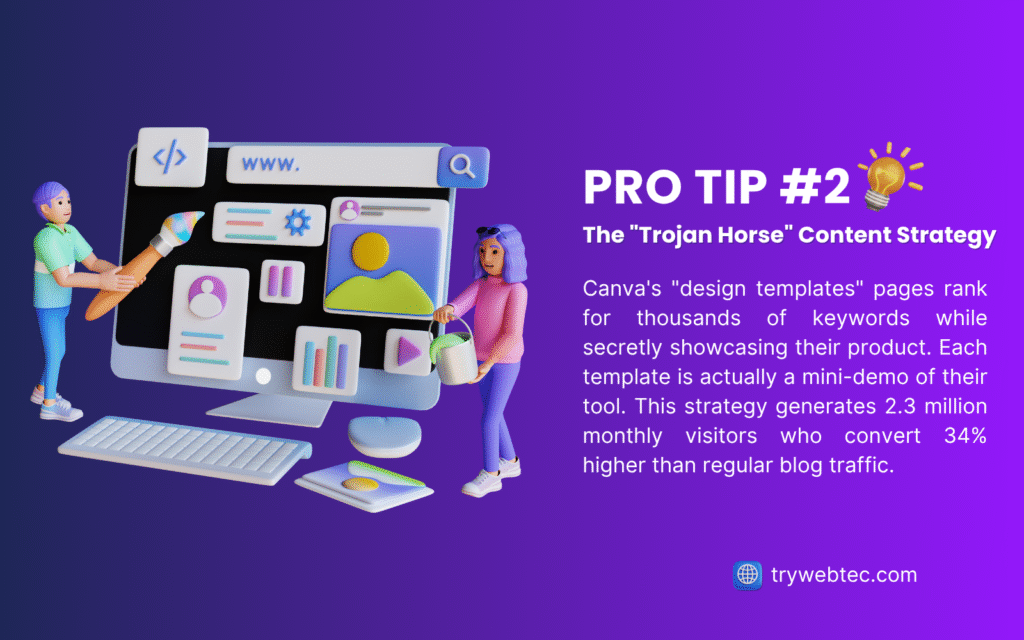
Step 4: Fix Technical Issues That Kill SaaS SEO
Technical problems stop search engines from finding and ranking your content. SaaS sites often have complex setups that create these issues.
Most SEO for SaaS fails because of basic technical problems, not content quality. Fix these first before creating more content.
- Make Your Site Load Fast
Slow sites kill conversions and rankings. B2B buyers expect professional sites that load quickly.
Page Load Time | Bounce Rate | Conversion Impact |
1-2 seconds | 9% bounce rate | Baseline conversion |
3 seconds | 32% bounce rate | 12% lower conversions |
5 seconds | 90% bounce rate | 70% lower conversions |
10+ seconds | 123% bounce rate | Site abandonment |
Use PageSpeed Insights to test your key pages. Focus on product pages and landing pages first since these drive revenue.
- Find and Fix Pages Search Engines Can’t See
Google Search Console shows you which pages have problems. Check this monthly to catch issues early.
Common problems that hurt SEO for SaaS sites:
Problem Type | Impact | How to Fix |
Broken internal links | Pages lose authority | Audit and update links monthly |
Missing XML sitemaps | Slow content discovery | Generate and submit sitemaps |
Robots.txt blocking pages | Content not indexed | Review robots.txt settings |
Duplicate content | Ranking confusion | Use canonical tags properly |
404 errors on important pages | Lost traffic and rankings | Redirect or restore pages |
- Optimize for Mobile
Most B2B searches now happen on mobile devices. Your site must provide excellent mobile experiences to rank well and convert visitors.
Test your key pages on actual mobile devices, not just desktop browser tools. Pay attention to form usability and call-to-action placement.
Mobile optimization becomes especially important for local SEO for plumbers and other location-based services, but SaaS companies need mobile-friendly sites too.
- Structure Data Markup
Schema markup helps search engines understand your content better. For SaaS companies, product schema and review schema can enhance search listings.
Rich snippets from schema markup can improve click-through rates from search results. This indirect SEO benefit often justifies the implementation effort.
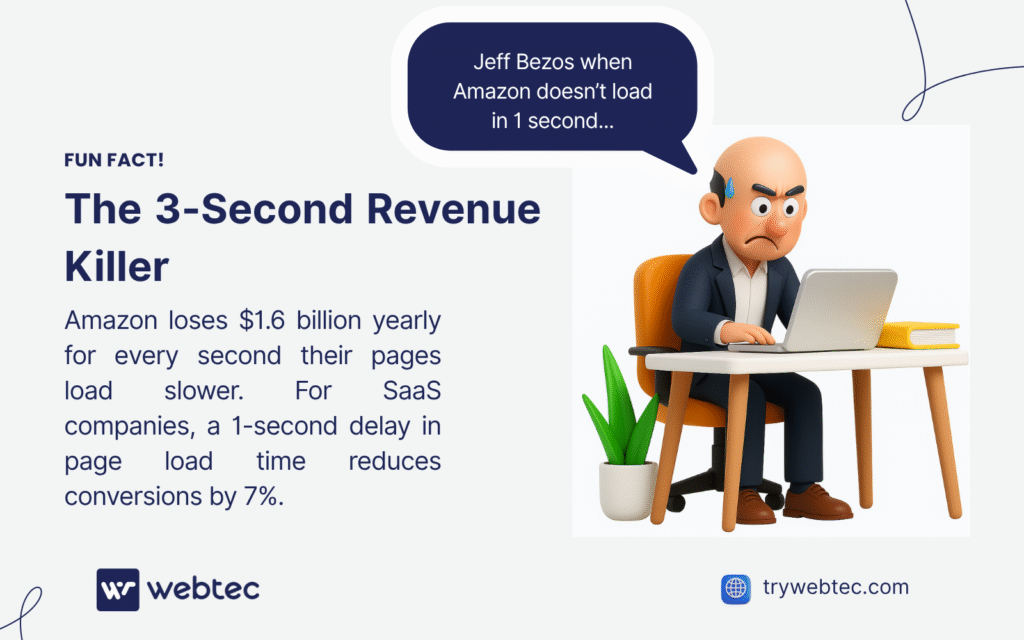
Step 5: Build Authority Through Link Building
Backlinks remain one of the strongest ranking factors for competitive SaaS keywords. Quality links from relevant sites signal authority to search engines.
Focus on earning links through valuable content rather than buying low-quality links. The latter can actually hurt your rankings.
Focus on earning links through valuable content rather than buying low-quality links. The same link-building principles that work for SEO for accountants apply to SaaS – quality beats quantity every time.
- Create Link-Worthy Resources
Develop content so valuable that other sites naturally want to link to it. Industry reports, original research, and detailed guides work well for this purpose.
Survey your customers and publish the results. Industry benchmarks and trend reports often attract many links from other sites.
Create visual content like infographics that other sites can embed with attribution links back to you.
- Guest Post on Industry Sites

Write guest posts for publications your target audience reads. Focus on providing genuine value rather than promotional content.
Include natural links back to relevant pages on your site. Guest posting works best when you build relationships with editors over time.
Choose publications carefully. One high-quality guest post often provides more value than many low-quality placements.
- Participate in Industry Communities
Engage in industry forums, communities, and discussions where your expertise adds value. Avoid overly promotional participation.
Share insights and link to relevant resources when appropriate. This approach builds relationships that often lead to natural links later.
Consider sponsoring industry events or reports. These partnerships often include link opportunities as part of the package.
- Leverage Customer Success Stories
Case studies and customer stories often attract links from industry publications. Journalists frequently cite specific examples when writing about industry trends.
Promote your case studies to relevant publications. Many editors actively look for real-world examples to include in their coverage.
Partnership announcements also generate link opportunities. When you integrate with other tools or platforms, both companies can benefit from coverage.
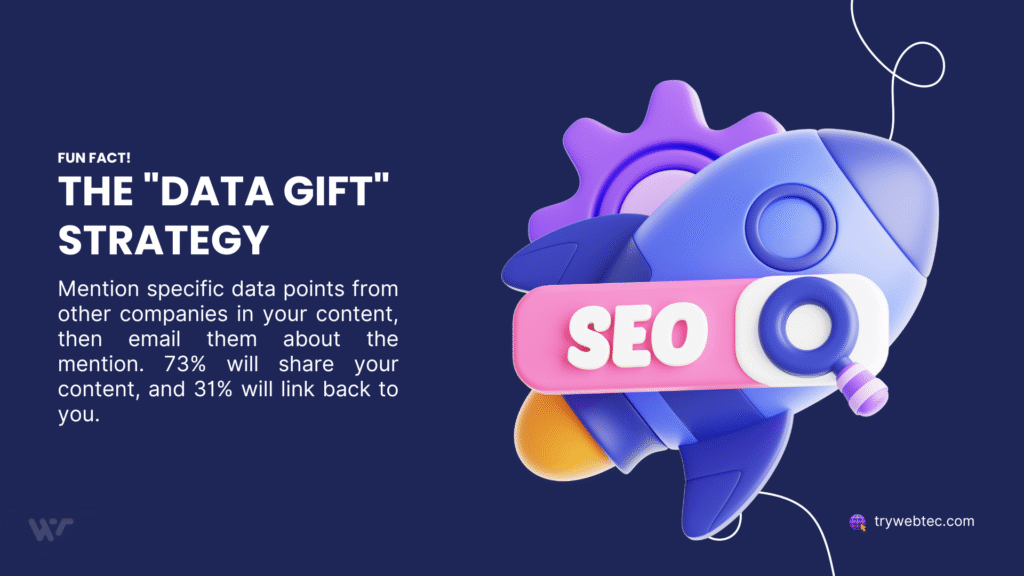
Step 6: Track and Measure Results
Good SEO for SaaS requires tracking metrics that connect to actual business results. Rankings don’t matter if they don’t bring paying customers.
Track these metrics monthly to see if your SEO for SaaS efforts actually work:
Metric | What It Shows | Target Goal |
Organic traffic to product pages | Interest in your solution | 25%+ monthly growth |
Conversion rate from organic traffic | Content quality match | 2-5% for B2B SaaS |
Organic traffic to pricing pages | Purchase intent | 10%+ of total organic |
Trial signups from SEO | Lead generation success | 20%+ of total trials |
Customer acquisition from organic | Revenue impact | 30%+ of new customers |
- Key Metrics to Monitor
Track organic traffic to your most important pages. Look for trends in traffic to product pages, pricing pages, and key landing pages.
Monitor keyword rankings for your target terms. Focus on ranking improvements for high-intent keywords rather than just traffic volume.
Measure conversion rates from organic traffic. SEO traffic should convert at similar rates to other marketing channels if you’re targeting the right keywords.
- Use Google Analytics and Search Console
Set up goal tracking in Google Analytics to measure conversions from organic search. This data helps you identify your most valuable SEO content.
Google Search Console shows which queries drive traffic to your site. Use this data to identify new keyword opportunities and content gaps.
Monitor click-through rates from search results. Low CTRs might indicate poor title tags or meta descriptions that need optimization.
- Calculate SEO ROI
Track the revenue generated from organic search traffic. Compare this to your SEO investment to calculate return on investment.
Factor in the lifetime value of customers acquired through SEO. SaaS customers typically have higher lifetime values that justify longer-term SEO investments.
Consider indirect benefits like brand awareness and reduced paid advertising costs when calculating SEO value.
Step 7: Scale Your SaaS SEO Strategy
Successful SaaS SEO requires consistent effort over time. Create systems and processes that allow you to scale content creation and optimization efforts.
Document your keyword research process, content creation workflows, and optimization checklists. This helps maintain quality as you increase content volume.
- Build Content Creation Systems
Develop templates for different types of content. Standardized formats help writers create optimized content more efficiently.
Create editorial calendars that align with product launches, industry events, and seasonal trends. Planning ahead ensures consistent content publication.
Establish content approval processes that maintain quality while avoiding bottlenecks. Clear guidelines help content creators work more independently.
- Automate Technical Monitoring
Use tools to monitor your site for technical issues automatically. Automated alerts help you fix problems before they hurt rankings.
Set up regular audits for broken links, missing meta tags, and other common issues. Many technical SEO tasks can be automated or systematized.
Monitor competitor content and rankings automatically. This helps you identify new opportunities and threats quickly.
- Focus on What Works
Double down on content topics and formats that drive results. If certain types of posts generate lots of links or conversions, create more similar content.
Optimize existing high-performing content before creating new content. Improving pages that already rank often provides better ROI than starting from scratch.
Regular content updates keep information fresh and can improve rankings for existing pages. Schedule periodic reviews of your most important content.
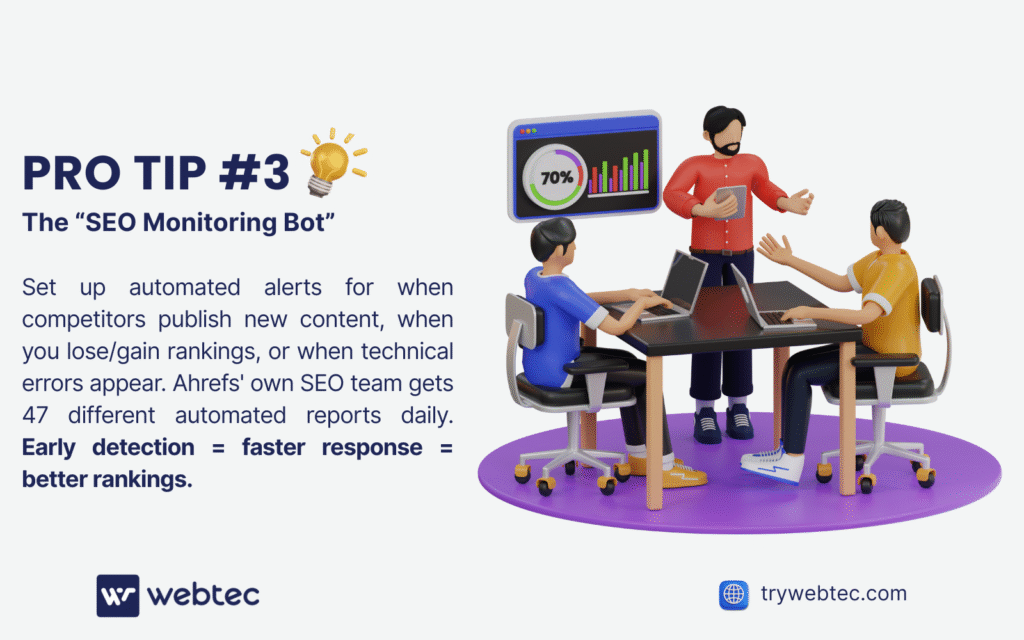
Common SaaS SEO Mistakes to Avoid
Most SaaS companies mess up their SEO for SaaS by making these basic mistakes. Avoid these and you’ll beat most of your competitors.
Don’t write about product features unless people search for them. Write about the business problems your features solve instead.
Common Mistake | Why It Fails | Better Approach |
Feature-focused content | No search volume | Problem-focused content |
Generic industry topics | Too much competition | Niche-specific problems |
No search intent research | Wrong content format | Study what currently ranks |
Keyword stuffing | Sounds robotic | Natural mention of terms |
Ignoring user questions | Misses real search queries | Answer actual questions |
- Avoid Generic Content
Generic industry content rarely ranks well or converts visitors. Your content must demonstrate specific expertise about your market and customers.
Instead of writing about “project management tips,” focus on problems specific to your ideal customers. The more specific your content, the better it typically performs.
SEO for startups requires particularly focused content because startups can’t compete with generic topics against established sites.
- Don’t Ignore Search Intent
Ranking for keywords that don’t match commercial intent wastes resources. Focus on terms that indicate real interest in solutions like yours.
Research what other content ranks for your target keywords. If all top results are informational articles, that keyword might not drive qualified traffic for SaaS companies.
Match your content format to search intent. Comparison keywords need comparison content, not generic product descriptions.
- Avoid Over-Optimization
Keyword stuffing and other over-optimization tactics hurt modern SEO efforts. Focus on creating genuinely helpful content that naturally includes target keywords.
Write for humans first, search engines second. Content that reads naturally almost always outperforms content clearly written for algorithms.
Don’t sacrifice content quality for keyword targeting. Well-written content that slightly misses keyword optimization usually performs better than poor content with perfect optimization.
Advanced SaaS SEO Tactics
Once you master SEO basics, advanced tactics can provide additional competitive advantages. These strategies require more resources but often deliver better results.
Focus on advanced tactics only after you’ve successfully implemented fundamental SEO practices. Advanced strategies build on strong foundations.
- Target Programmatic SEO Opportunities
Large SaaS companies can create hundreds of landing pages targeting location-based or feature-specific keyword variations. This programmatic approach scales content creation.
Examples include pages for “[your tool] for [industry]” or “[your tool] in [location].” These pages work best when you can provide genuinely different content for each variation.
Be careful not to create thin or duplicate content. Each programmatic page needs unique value to avoid search engine penalties.
- Develop Topic Clusters
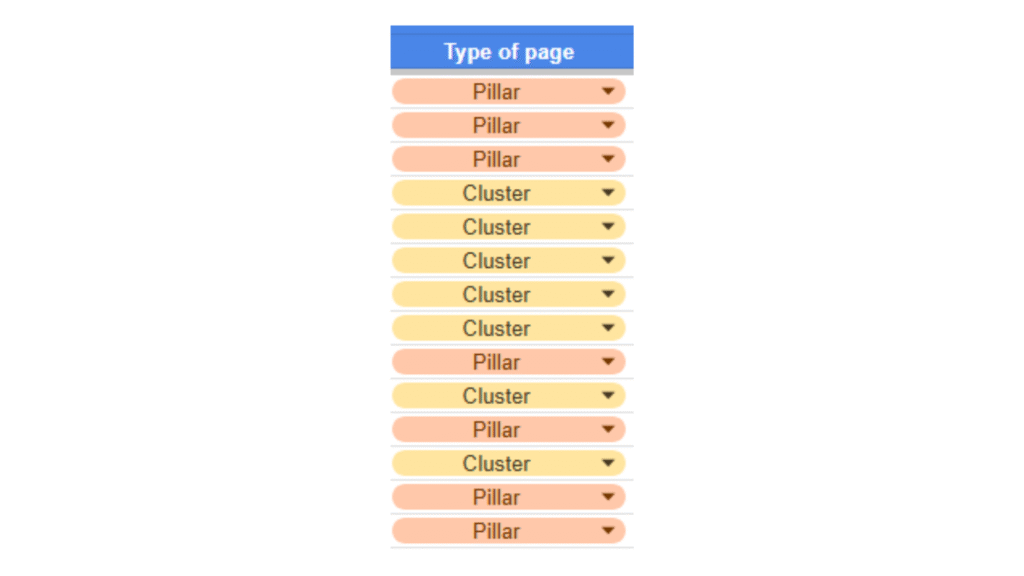
Organize your content into topic clusters around major themes relevant to your business. This approach helps search engines understand your expertise areas.
Create pillar pages covering broad topics comprehensively. Then develop multiple supporting pages that dive deeper into specific aspects of those topics.
Link between related pages in your topic clusters. This internal linking structure helps distribute page authority and keeps visitors engaged longer.
- Optimize for Voice Search
Voice searches often use different phrasing than typed searches. Optimize for conversational keywords and question-based queries.
Featured snippets become especially important for voice search results—structure content to answer specific questions clearly and concisely.
Local SEO tactics become more important as voice searches often include location modifiers. Even B2B SaaS companies should consider local optimization for office locations.
Tools and Resources for SaaS SEO
The right tools make SaaS SEO more efficient and effective. Invest in tools that provide actionable insights rather than just data.
Start with free tools like Google Analytics and Google Search Console. These provide most of the basic data you need to get started.
- Essential SEO Tools
Keyword research tools help identify opportunities and track rankings. SEMrush, Ahrefs, and Moz offer comprehensive SEO toolsets.
Site auditing tools identify technical issues that hurt your rankings. Many issues are easy to fix once you know they exist.
Link analysis tools help you understand your backlink profile and identify new link opportunities. They also help monitor competitor link-building efforts.
- Content Creation Tools
Editorial calendar tools help you plan and organize content creation efforts. Consistent publishing schedules improve SEO results over time.
Design tools help you create visual content that attracts links and social shares. Visual content often performs better on social media and generates more engagement.
Technical tools matter too. The best SEO plugins for WordPress can automate many optimization tasks and save hours of manual work.
- Analytics and Tracking
Set up proper tracking before you start major SEO efforts. You need baseline data to measure improvement accurately.
Custom dashboards help you monitor the metrics that matter most for your business. Focus on tracking data that connects to business outcomes.
Regular reporting helps you identify trends and adjust strategies based on performance data. Monthly SEO reports help keep stakeholders informed about progress.
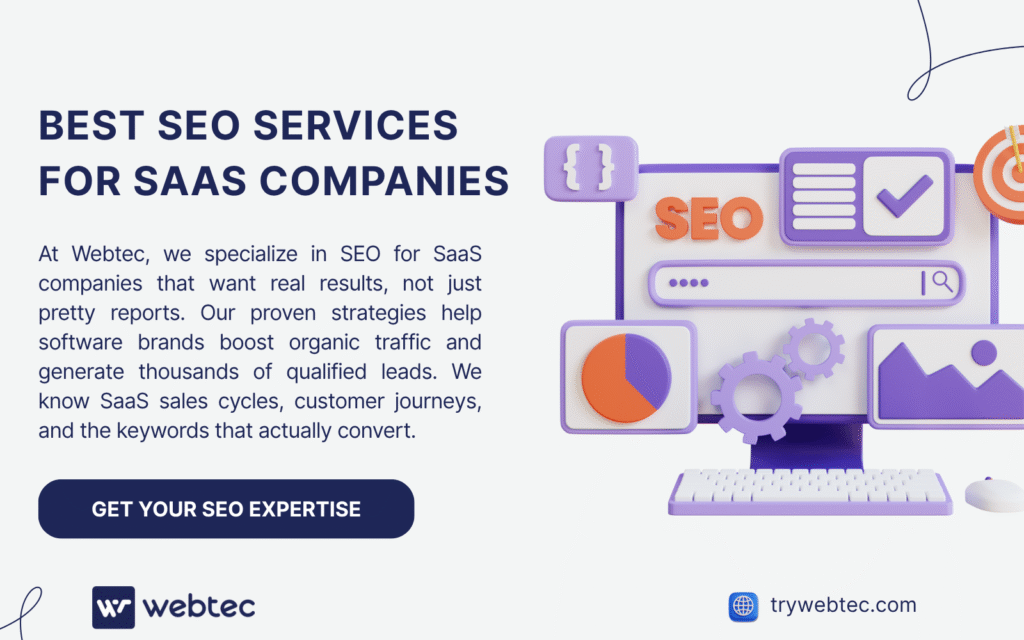
Want Qualified Leads, Higher Rankings And No More Wasted Time on SEO That Doesn’t Work?
If you want to stop guessing what keywords to target, stop creating content that nobody finds, and best of all, stop wasting months on SEO tactics that don’t bring customers, then we can help you.
Webtec offers proven SEO for SaaS strategies that have helped dozens of SaaS companies get found by their ideal customers and scale their organic growth without the trial-and-error approach most companies struggle with. So, if you’re ready to scale your SaaS with organic traffic that actually converts, take a look at our SEO services and discover the real benefits of partnering with a team that understands both digital marketing and the SaaS industry.



